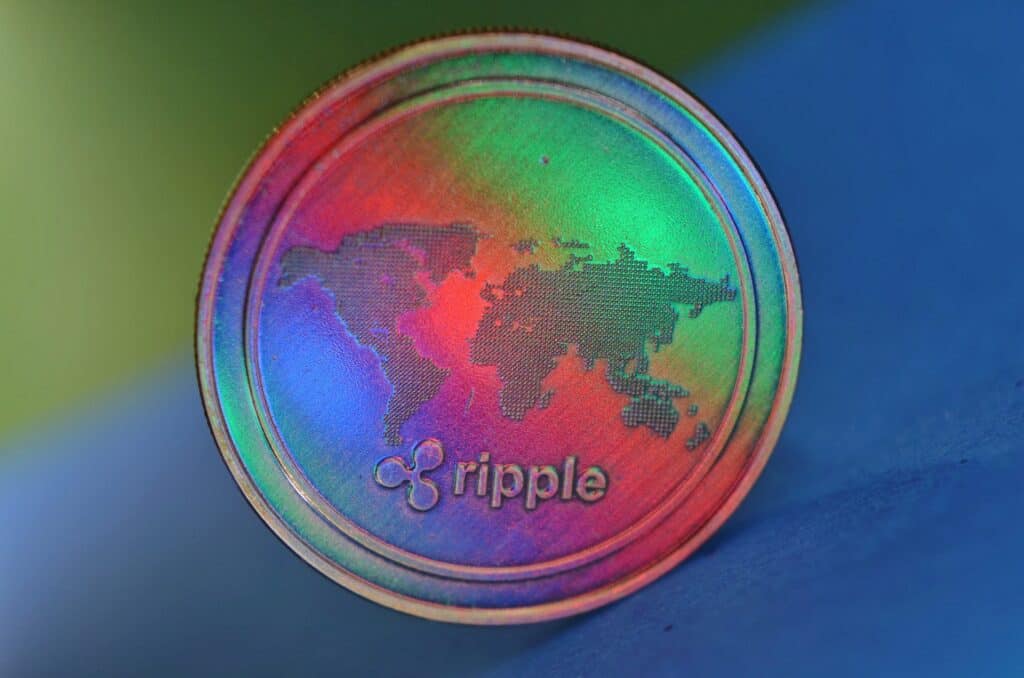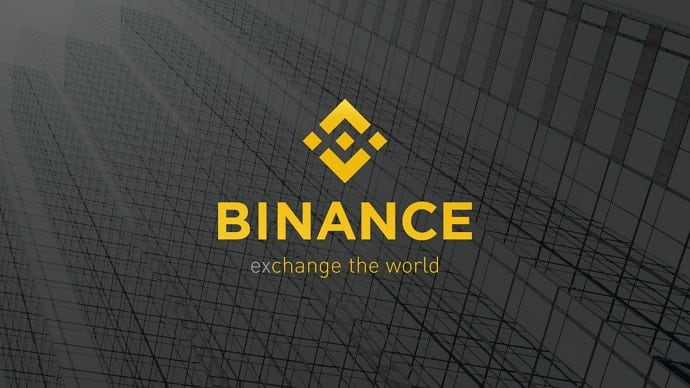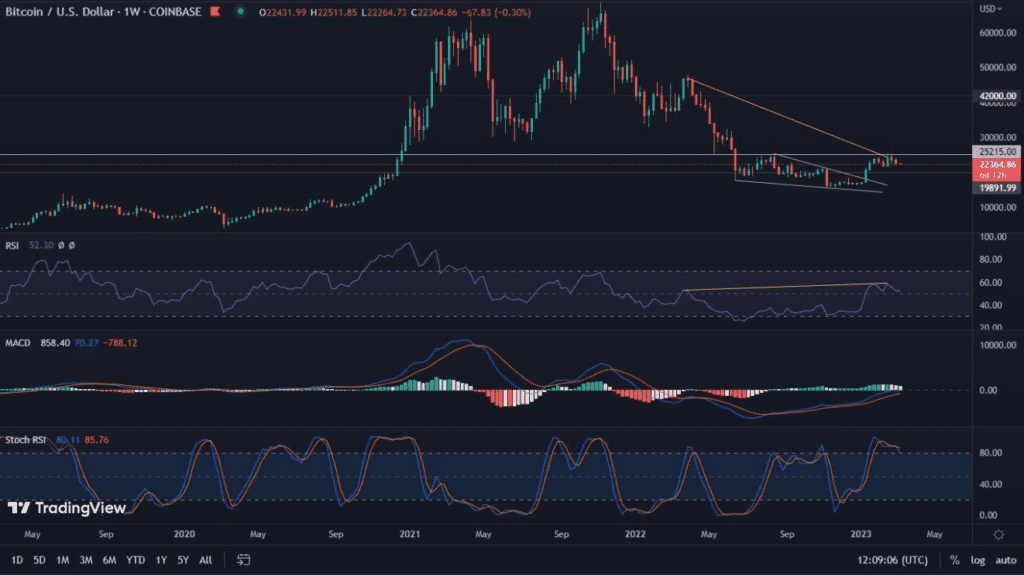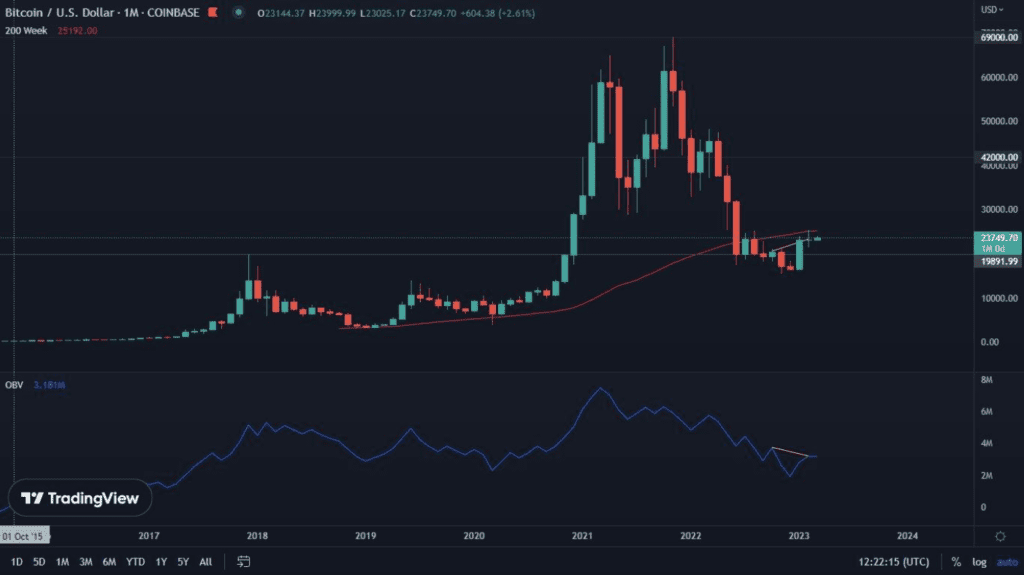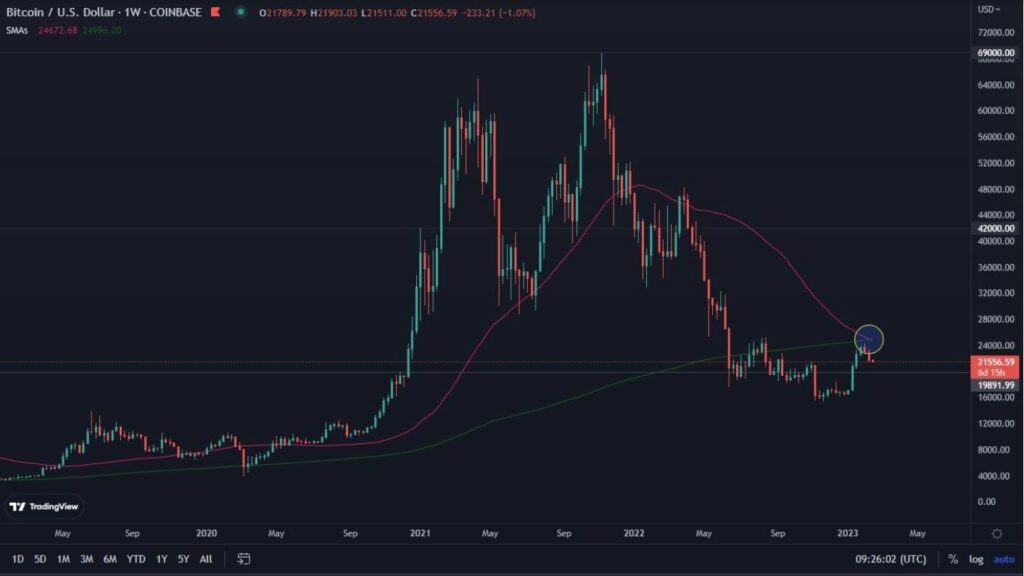Representatives of the Solana Foundation shared the breaking news on Friday, April 21. They pointed to the actions initiated and said that from now on they are the “first major smart blockchain network” to decide to monitor its environmental impact.
Solana focuses on transparency and environmental sustainability
Starting today, Solana will provide regular updates to a dedicated dashboard containing key environmental metrics for the network, such as energy consumption, carbon footprint and power intensity. All data will be downloaded in real time from software installed on Solana’s validation nodes, and the dashboard will be updated every two weeks.
To collect CO2 emission statistics, Solana has partnered with the Trycarbonara carbon data platform. The emissions tracker collects statistics from on-chain data and directly collected from a representative sample of network validators.
The detailed data that is tracked includes online and offline time for each validation point and the geographic context in which they consume energy. With this data, Solana will be able to accurately monitor the network’s energy consumption and carbon footprint, helping to more accurately measure its environmental impact.
Willing to make an impact on the entire cryptocurrency market
Blockchain networks have long attracted attention because of their environmental impact. Generating new cryptocurrencies and facilitating transactions on the chain requires a huge amount of energy, which has become a topic of environmental discussion.
With this, the Solana Foundation, the organization that oversees the decentralized Solana network, wants to take the lead in disclosing the climate impact of its operations. Their goal is to encourage competitors to make similar moves.
Amira Valliani, Solana’s policy leader, puts the case as follows: “I would very much like to see this become a standard in the industry. We should be honest about issuance. If blockchain users are aware of what is happening at the network level, they will be able to make more informed decisions about its use.”
Blockchains want to be eco-friendly
Analysts are increasingly using publicly available on-chain data to estimate the environmental impact of various blockchains. However, there is still a lack of information that participants in the networks themselves can provide, which ultimately limits the accuracy of these estimates.
As Hayagriv Sridharan, co-founder and CEO of Trycarbonara, puts it:
“This data is often either underestimated or overestimated, so we can never be sure of its accuracy. We can model any blockchain without the support of a foundation, but this information will not be as accurate or valuable as it would be with better cooperation.”
Sridharan is optimistic that other blockchains will take Solana’s example and provide better transparency. However, the issues involved can be complicated, especially for proof-of-work networks like Bitcoin, which tend to consume much more energy than proof-of-stake networks like Solana and Ethereum just now.




